Payongkit Lakhan
EEG-BBNet: a Hybrid Framework for Brain Biometric using Graph Connectivity
Aug 17, 2022
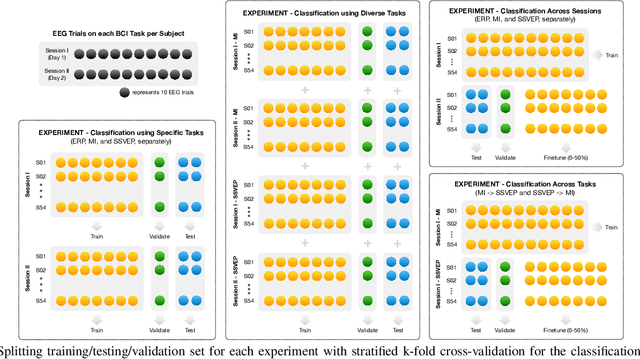
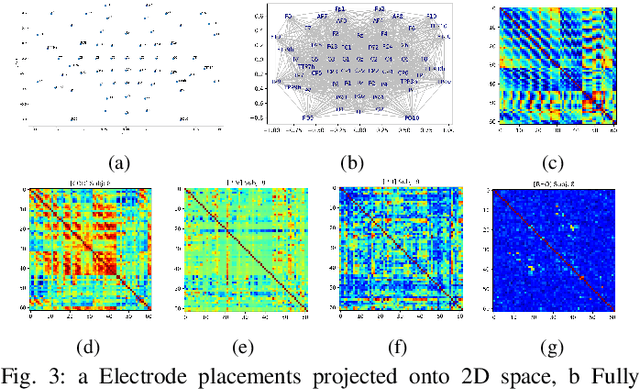
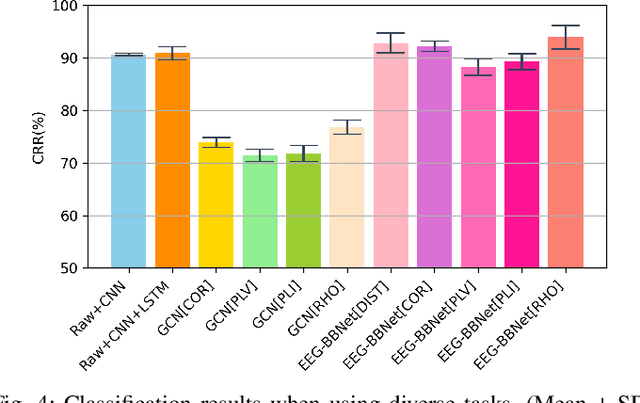
Abstract:Brain biometrics based on electroencephalography (EEG) have been used increasingly for personal identification. Traditional machine learning techniques as well as modern day deep learning methods have been applied with promising results. In this paper we present EEG-BBNet, a hybrid network which integrates convolutional neural networks (CNN) with graph convolutional neural networks (GCNN). The benefit of the CNN in automatic feature extraction and the capability of GCNN in learning connectivity between EEG electrodes through graph representation are jointly exploited. We examine various connectivity measures, namely the Euclidean distance, Pearson's correlation coefficient, phase-locked value, phase-lag index, and Rho index. The performance of the proposed method is assessed on a benchmark dataset consisting of various brain-computer interface (BCI) tasks and compared to other state-of-the-art approaches. We found that our models outperform all baselines in the event-related potential (ERP) task with an average correct recognition rates up to 99.26% using intra-session data. EEG-BBNet with Pearson's correlation and RHO index provide the best classification results. In addition, our model demonstrates greater adaptability using inter-session and inter-task data. We also investigate the practicality of our proposed model with smaller number of electrodes. Electrode placements over the frontal lobe region appears to be most appropriate with minimal lost in performance.
MetaSleepLearner: Fast Adaptation of Bio-signals-Based Sleep Stage Classifier to New Individual Subject Using Meta-Learning
Apr 14, 2020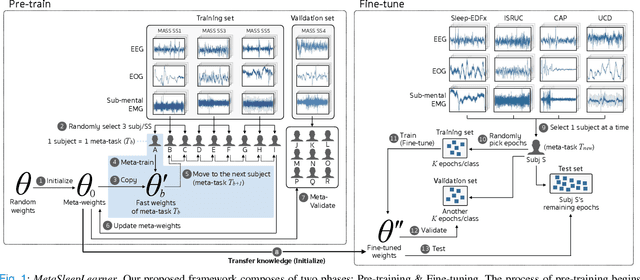
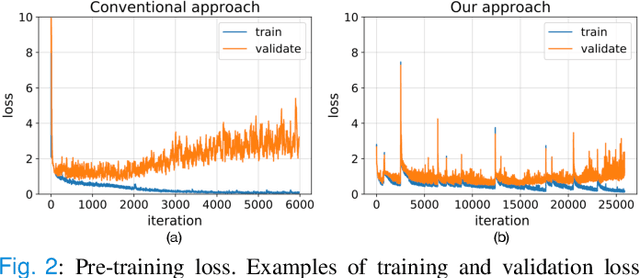
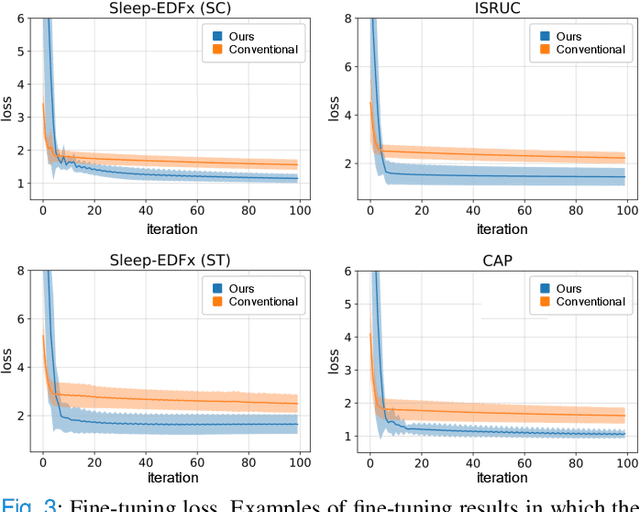

Abstract:Objective: Identifying bio-signals based-sleep stages requires time-consuming and tedious labor of skilled clinicians. Deep learning approaches have been introduced in order to challenge the automatic sleep stage classification conundrum. However, disadvantages can be posed in replacing the clinicians with the automatic system. Thus, we aim to develop a framework, capable of assisting the clinicians and lessening the workload. Methods: We proposed the transfer learning framework entitled MetaSleepLearner, using a Model Agnostic Meta-Learning (MAML), in order to transfer the acquired sleep staging knowledge from a large dataset to new individual subject. The capability of MAML was elicited for this task by allowing clinicians to label for a few samples and let the rest be handled by the system. Layer-wise Relevance Propagation (LRP) was also applied to understand the learning course of our approach. Results: In all acquired datasets, in comparison to the conventional approach, MetaSleepLearner achieved a range of 6.15 % to 12.12 % improvement with statistical difference in the mean of both approaches. The illustration of the model interpretation after the adaptation to each subject also confirmed that the performance was directed towards reasonable learning. Conclusion: MetaSleepLearner outperformed the conventional approach as a result from the fine-tuning using the recordings of both healthy subjects and patients. Significance: This is the first paper that investigated a non-conventional pre-training method, MAML, in this task, resulting in a framework for human-machine collaboration in sleep stage classification, easing the burden of the clinicians in labelling the sleep stages through only several epochs rather than an entire recording.
 Add to Chrome
Add to Chrome Add to Firefox
Add to Firefox Add to Edge
Add to Edge